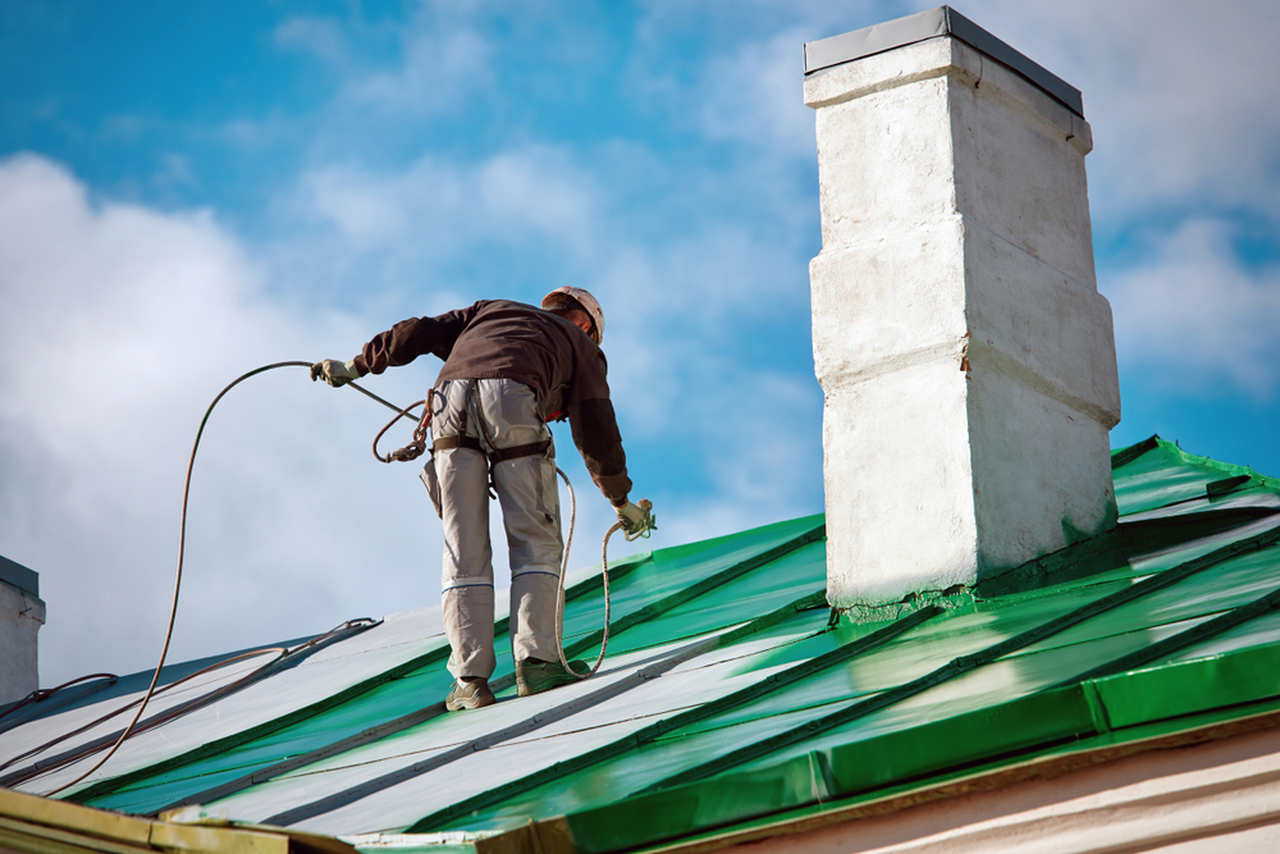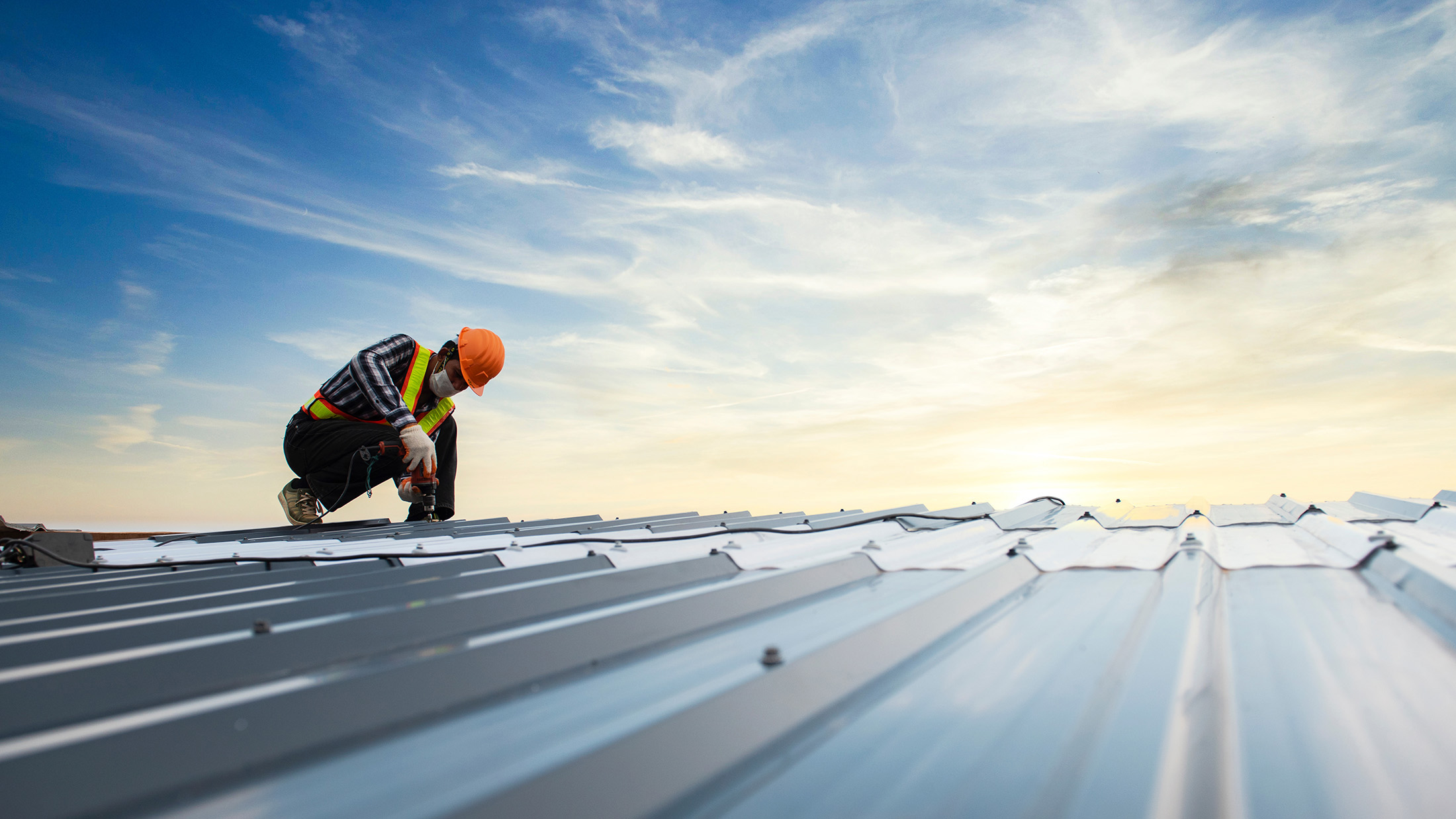Exactly How Waterproofing Works: An In-depth Look at Techniques and Technologies
Waterproofing is important for protecting structures from moisture-related damages. It includes different strategies and technologies that develop obstacles against water invasion. Standard techniques, such as compacted clay, coexist with contemporary developments like liquid-applied membranes. Recognizing the subtleties of these strategies is vital for effective application. Nonetheless, the performance of any waterproofing option pivots not just on the methods used however likewise on ongoing upkeep and evaluation. What are the essential variables that influence lasting performance?
Recognizing the Basics of Waterproofing
Waterproofing is an important process that safeguards structures from water breach, which can bring about considerable damage gradually. This method includes the application of various products and methods made to produce an obstacle against moisture. The main goal is to avoid water from penetrating surface areas, which can cause wear and tear, mold and mildew development, and structural instability.Various elements affect the choice of waterproofing technique, consisting of the kind of structure, its area, and environmental conditions. Comprehending the physics of water motion and the residential or commercial properties of different materials is vital in picking an effective waterproofing solution.Effective waterproofing not only safeguards structures yet also improves their long life and integrity. Typically, it is incorporated into the style stage of building and construction to ensure complete security. As awareness of water-related problems expands, the value of comprehending waterproofing basics becomes increasingly clear to designers, builders, and homeowner alike.
Typical Waterproofing Methods
Conventional waterproofing approaches have been used for centuries, counting on reliable strategies and materials to protect frameworks from water damage. One of the oldest techniques includes making use of clay, which, when compacted, produces an all-natural obstacle against moisture. Additionally, asphalt, a sticky, black product originated from oil, has been employed for its waterproof buildings, often put on roofing systems and foundations.Another method includes the application of lime-based plasters, which give a breathable layer that enables dampness to escape while avoiding water ingress. Thatch roof covering, a standard method still seen in some societies, offers outstanding waterproofing as a result of its tightly packed straw layers.Moreover, using stone and brick has projected, as these products are naturally immune to water when effectively installed. Generally, standard waterproofing approaches stress the importance of selecting suitable products and building and construction methods to boost toughness versus water intrusion.
Modern Waterproofing Technologies
Advancements in modern-day waterproofing modern technologies have actually transformed the method frameworks are safeguarded from water damages. Ingenious methods such as liquid-applied membranes and advanced sealers have boosted the performance and flexibility of waterproofing services. These modern technologies permit seamless application, lowering the risk of leakages and making sure detailed protection over complex surfaces.Moreover, the assimilation of wise modern technologies, such as dampness sensing units and automated surveillance systems, allows real-time evaluation of waterproofing efficiency. This proactive strategy facilitates prompt maintenance and decreases long-term fixing costs.Additionally, advancements in spray-applied coatings supply quick application and excellent adhesion, adjusting to numerous substratums while providing robust protection. Strategies like polymer-modified systems even more boost versatility and toughness, making them appropriate for diverse settings. Overall, contemporary waterproofing modern technologies not only minimize water breach but likewise add to the long life and sustainability of frameworks, marking a considerable change in the market.
Materials Made Use Of in Waterproofing
The efficiency of waterproofing remedies greatly relies upon the materials used in their application. Various products are employed to develop obstacles against water ingress, each with distinct homes matched for different atmospheres. Frequently made use of materials include membrane layers, coatings, and sealants.Liquid-applied membrane layers, usually made from polyurethane or acrylic, create a smooth barrier that adapts to complicated surfaces. Sheet membranes, commonly constructed from rubber or polycarbonate, deal sturdiness and are optimal for bigger areas. Furthermore, cementitious waterproofing materials, composed of cementitious substances, supply excellent attachment and flexibility.Sealants made from silicone or polyurethane are essential for joints and joints, making sure detailed protection. Furthermore, advanced products, such as geo-composite membranes, combine numerous functions, enhancing performance. Overall, the choice of waterproofing materials is important in accomplishing resilient and reliable water resistance, tailored to particular task requirements and environmental conditions.
Common Applications of Waterproofing
Waterproofing plays an important function in numerous sectors, ensuring the long life and integrity of frameworks. Typical applications include residential solutions that shield homes, business framework that safeguards services, and commercial settings that call for robust protection versus wetness. Recognizing these applications highlights the relevance of waterproofing in preserving both security and functionality throughout different environments.
Residential Waterproofing Solutions
Numerous property owners encounter obstacles with dampness intrusion, making effective household waterproofing solutions essential. Various methods exist to resolve this concern, consisting of exterior and interior waterproofing systems. Interior options commonly include the application of sealers and finishings to cellar wall surfaces, which aid protect against water seepage. Outside techniques external wall waterproofing usually consist of the installation of water drainage systems and water-proof membranes that divert water away from the foundation.Additionally, home owners might think about sump pumps to get rid of water accumulation and dehumidifiers to control moisture degrees. Correct grading and making use of gutters additionally play a crucial role in taking care of water flow around the home. By executing these strategies, homeowners can considerably reduce the danger of water damages and mold growth, making certain a dry and secure living atmosphere.

Industrial Framework Protection
Effective waterproofing services play a crucial duty in the protection of industrial facilities. Sump pump discharge drainage Omaha. These strategies are vital for guarding structures, parking structures, and bridges from water damages, which can endanger architectural stability and result in pricey repair services. Common applications consist of the installment of membranes, layers, and sealers that develop obstacles against dampness infiltration. Locations such as cellars, roofings, and exterior wall surfaces are often prioritized to ensure durability and longevity. In addition, waterproofing systems can enhance power performance by avoiding water-related issues that might result in mold and mildew development and deterioration. By executing durable waterproofing measures, home proprietors can protect their financial investments and maintain functional effectiveness, ultimately contributing to the overall sustainability of industrial facilities
Industrial Applications Summary
While different industries face distinct challenges, the demand for reliable waterproofing remedies continues to be a constant in commercial applications. Industries such as production, construction, and power often come across settings where moisture exposure can jeopardize structural integrity and operational efficiency. In making facilities, waterproofing is vital for safeguarding equipment and materials from water damage. In building, it safeguards foundations and cellars versus groundwater seepage. The energy sector relies upon waterproofing for the security of equipment in hydroelectric plants and overseas structures. Additionally, food handling industries utilize waterproofing to assure hygiene and compliance with safety criteria. In general, effective waterproofing services are vital for boosting sturdiness, security, and productivity throughout numerous commercial setups.
Maintenance and Durability of Waterproofing Solutions
Waterproofing solutions are developed to provide long-term defense against moisture invasion, regular maintenance is essential to guarantee their performance and longevity. Routine examinations play a considerable role in identifying prospective issues such as splits, peeling off, or indications of water damages. Resolving these troubles without delay can stop more wear and tear and pricey repairs.Additionally, cleaning up the surface of waterproof locations helps get rid of dirt and debris that could compromise the stability of the waterproofing obstacle. It's additionally a good idea to reapply protective coverings or sealers as suggested by makers to keep suitable performance. Environmental aspects, such as UV exposure and severe weather condition problems, can impact the lifespan of waterproofing products, making normal assessment crucial
Regularly Asked Concerns
Can Waterproofing Be Applied in Cold Climate?
The concern of applying waterproofing in cold climate increases problems concerning adhesion and treating. Lots of items may not perform at their best in low temperatures, requiring cautious choice and consideration of specific standards for effective application.
For How Long Does Waterproofing Usually Last?
The period of waterproofing effectiveness varies based on products and ecological elements. Usually, it can last from five to 10 years, however routine upkeep and assessments are necessary to assure peak efficiency and longevity.
Is Do It Yourself Waterproofing Effective and Safe?
The performance and security of DIY waterproofing rely on different elements, consisting of material quality and application technique. While some people accomplish sufficient outcomes, others might encounter concerns that jeopardize long-term protection and structural integrity.
What Are the Signs of Failing Waterproofing?
Indicators of failing waterproofing consist of visible water spots, peeling paint, mold growth, mildewy odors, and wetness in wall surfaces or ceilings - Foundation waterproofing Omaha. These indications recommend jeopardized click here to read barriers, necessitating punctual inspection and possible remediation to stop more damages
Just how Do I Select the Right Waterproofing Specialist?
